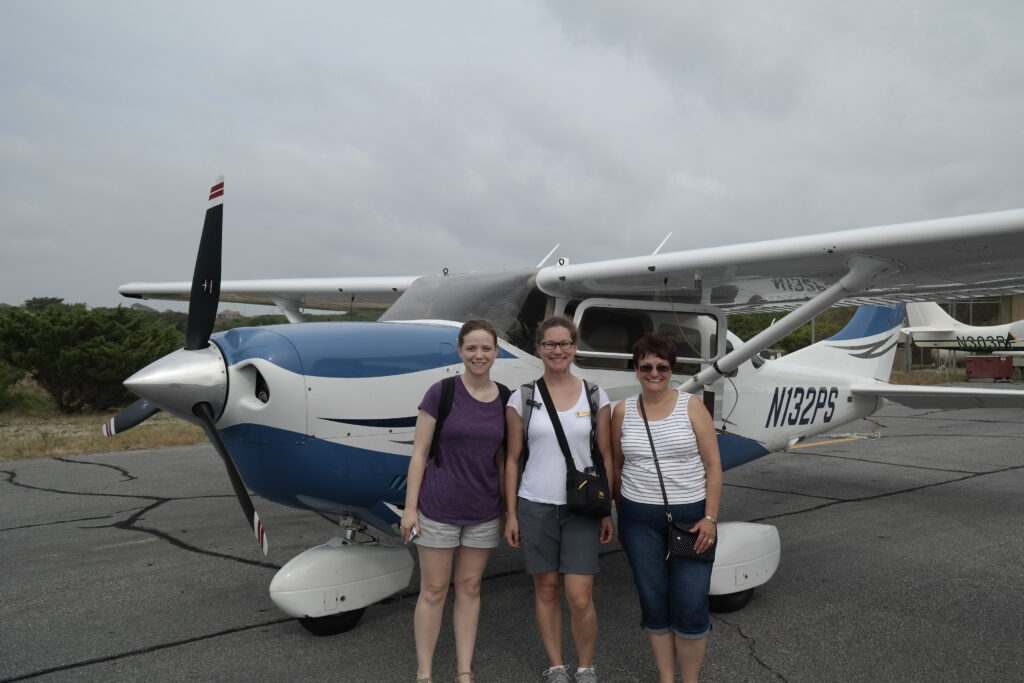
National Park Service
Leah Edwards: Yeah, so I was there in the summer of 2014 and I got to work on a project with Carrie Goetcheus from the University of Georgia. The project was creating a chronological timeline of literature, mostly, of cultural landscapes from its beginning conception in the National Park Service around the 1970s.
Leah Edwards: We gathered all this literature and researched that and organized it into a single spread sheet or database that could be easily searchable, so that later when Carrie continued this project she could easily search those topics and those authors and who was talking about what at during what year.
Leah Edwards: Kind of just organizing all of that information. It was a very general project but it was something that helped me – I came out of school not knowing a lot about cultural landscapes but knew I wanted to get into them. It was a good learning project to learn about the field as a whole and to delve into it later on in my career. So that’s what I did for three months.
Landscape Preservation Maintenance Video
Stephanie Nelson: I worked for the Historic Landscapes program at NCPTT. One of my tasks was to create a landscape preservation maintenance video. I also worked through the summer and beyond on various landscape preservation maintenance tasks. A video came out of it Preservation Maintenance of Turf Using Resource Sensitive Techniques in Historic Landscapes, available on the NCPTT website.
Landscape Preservation Maintenance Curriculum Expertise
Stephanie Nelson: And I got a chance, with that, to work with Debbie Smith and Charlie Pepper, here at the Olmsted Center, on the landscape preservation maintenance curriculum for field workers. So we put together a workshop on the topoic and a group meeting led me to meet Charlie Pepper.
Stephanie Nelson: Charlie had an internship available at the Olmsted Center, so I came to work with him on the landscape preservation maintenance curriculum.
Stephanie Nelson: After I left NCPTT and came up here to Boston, I worked in education and preservation maintenance. I’ve gotten to meet different people in the cultural landscapes program across the country while working with Charlie and Celena Illuzzi, the education specialist here at the Olmsted Center – working with youth programs, and working with field worker programs.
Stephanie Nelson: I had the opportunity to move into this landscapes FMSS role, working with Susan Dolan whom I met through all of my various experiences working here at the Olmsted Center. If it weren’t for my time at NCPTT, I’m pretty sure I wouldn’t be where I am now.
Stephanie Nelson: Getting to work there, even though it’s in rural Louisiana, really was an entry into the National Park Service’s Cultural Landscape Program for me. It introduced me to people who I started to work with and who I still work with in following in the footsteps of and bringing the program along into the 21st century.
Maggie O’Neill: Alright guys, well thank you so much for talking with us today and I look forward to working with both of you in the future.



